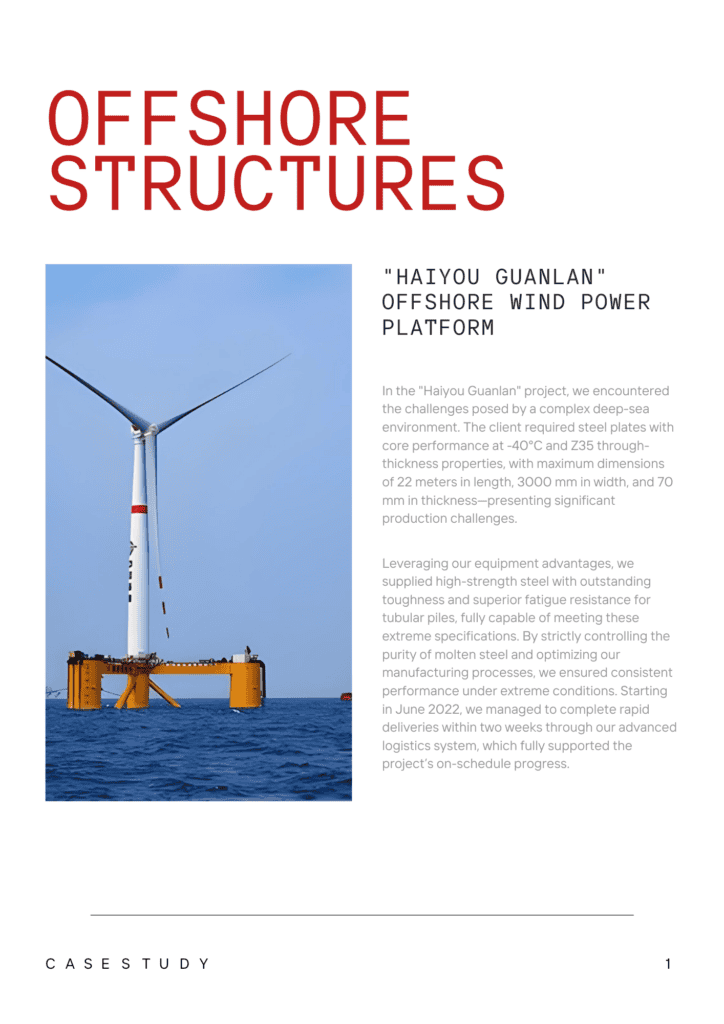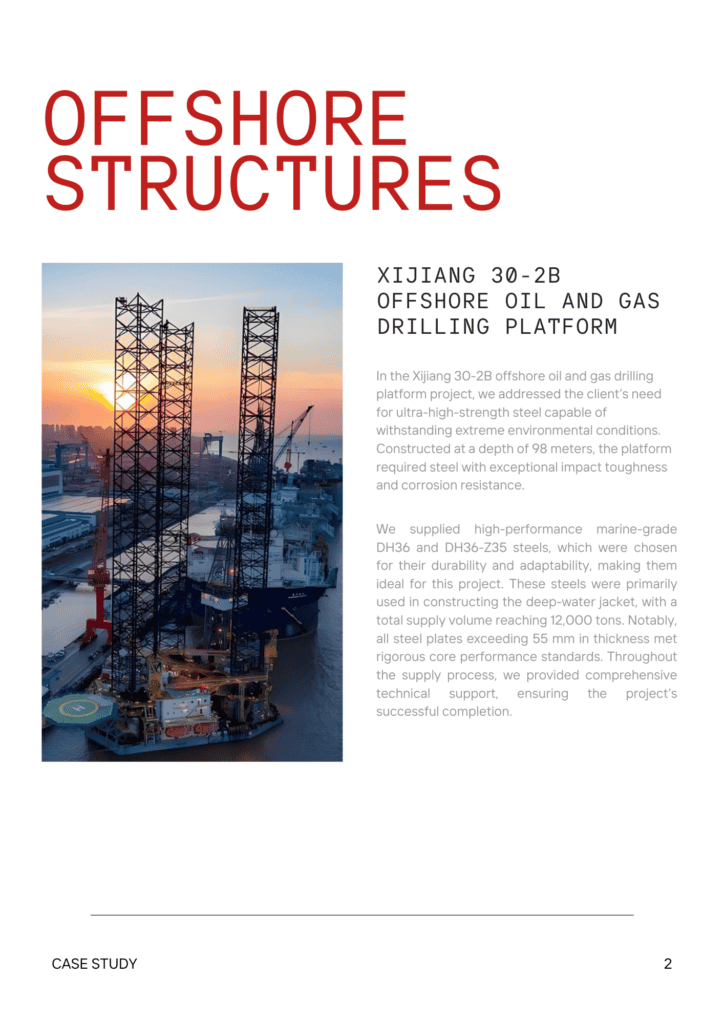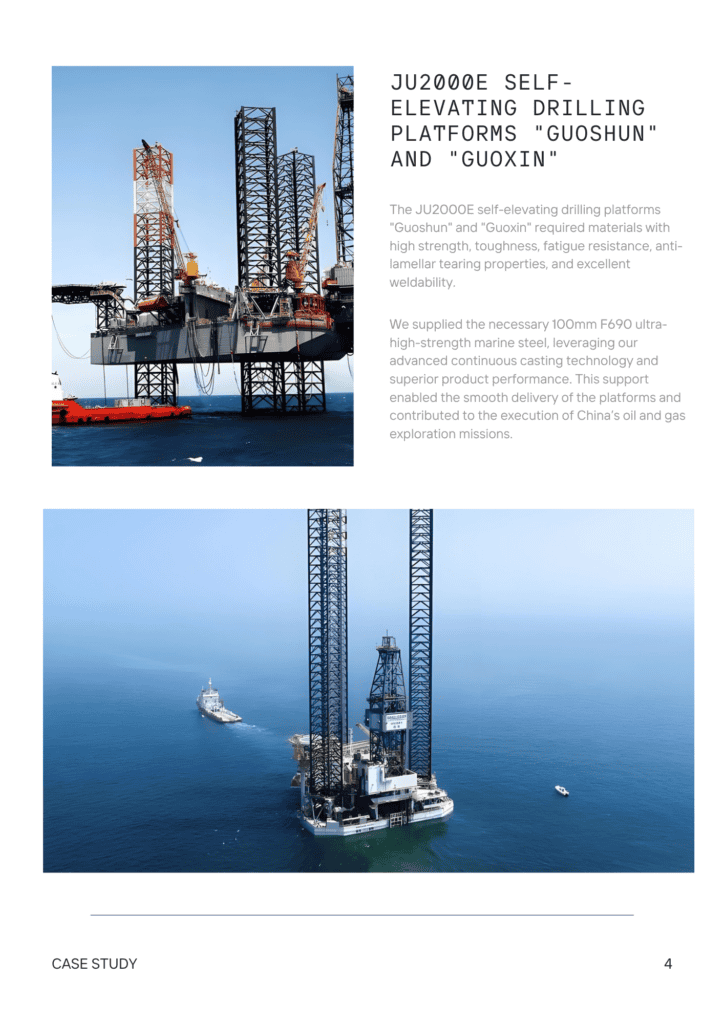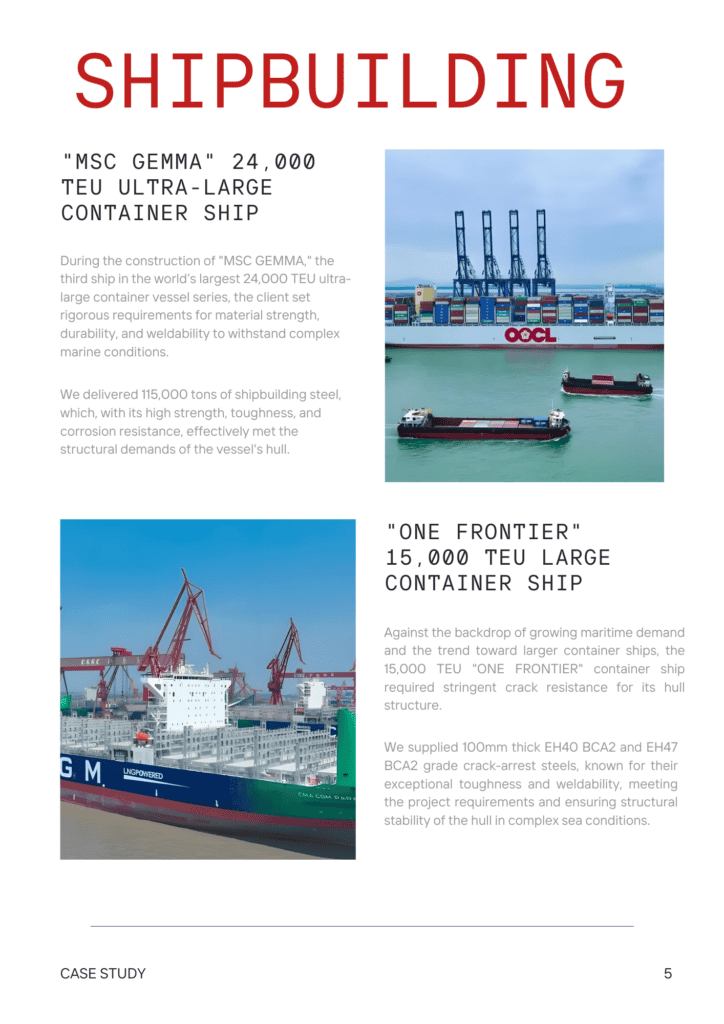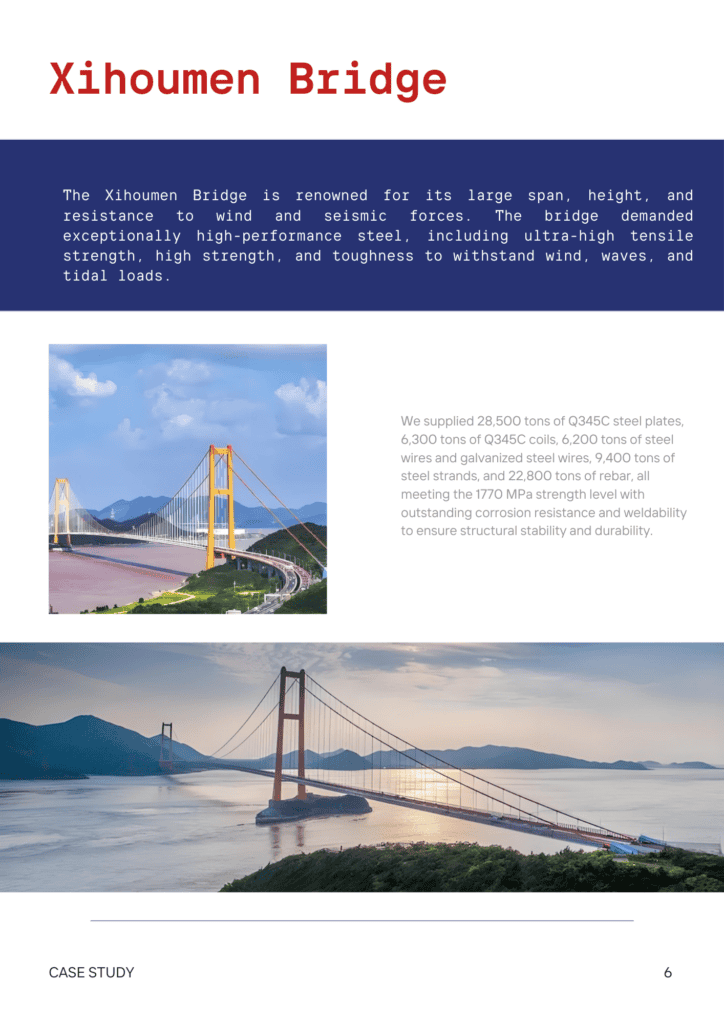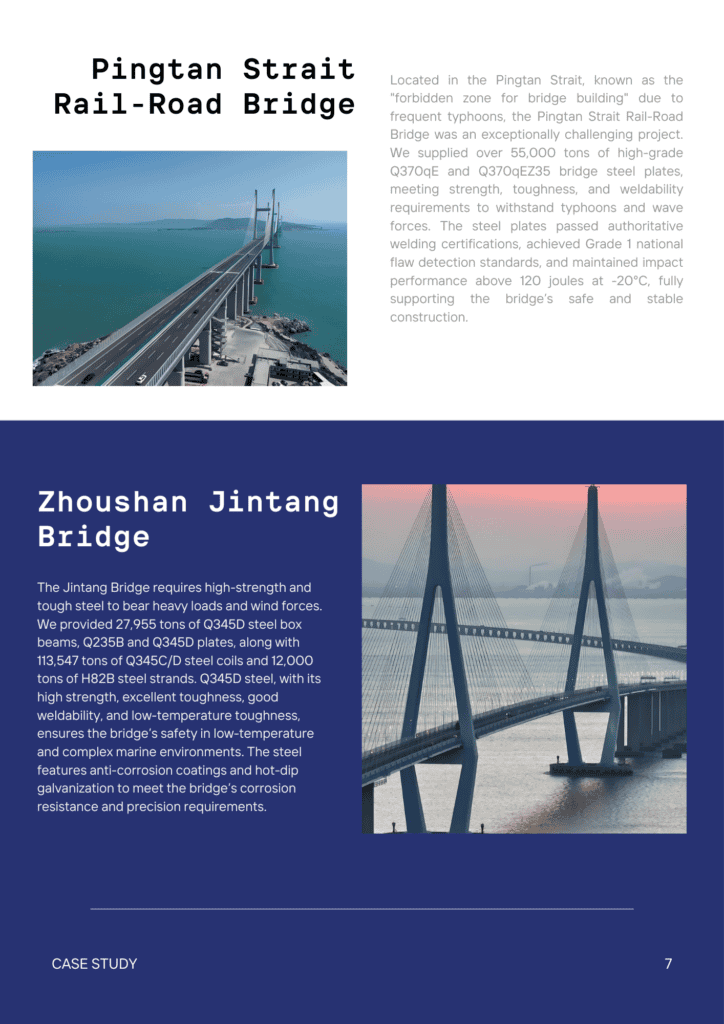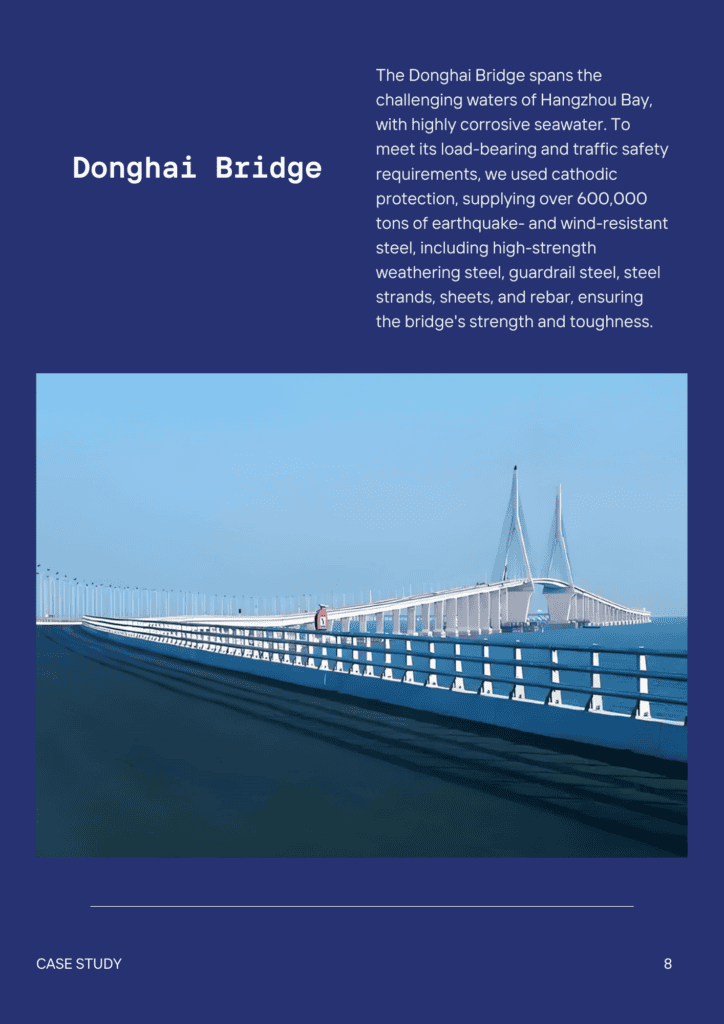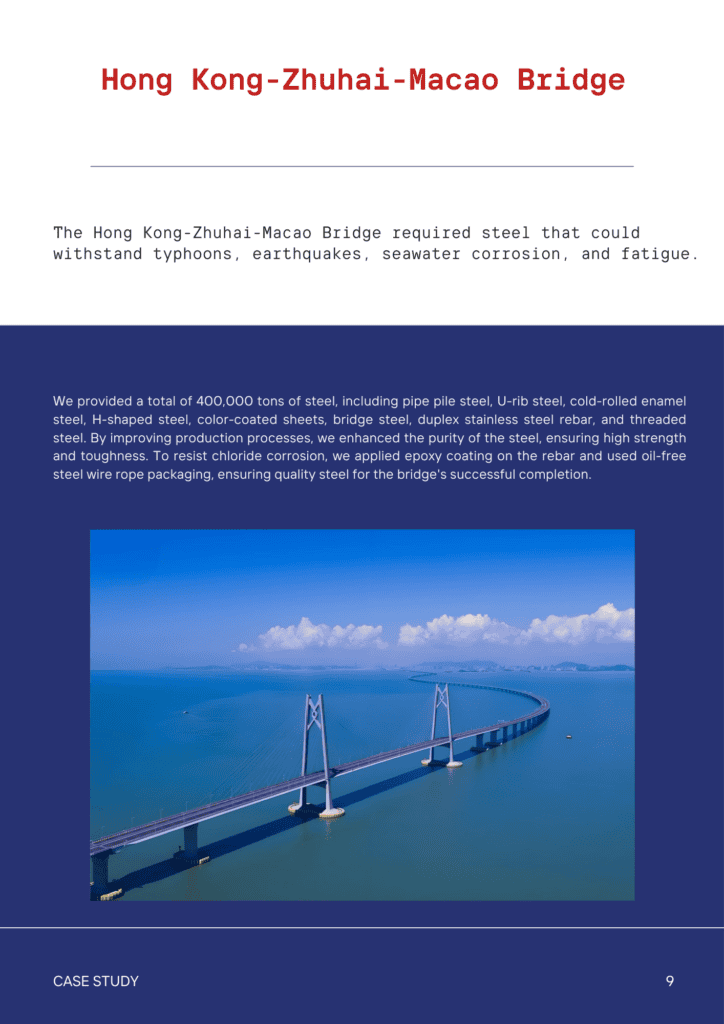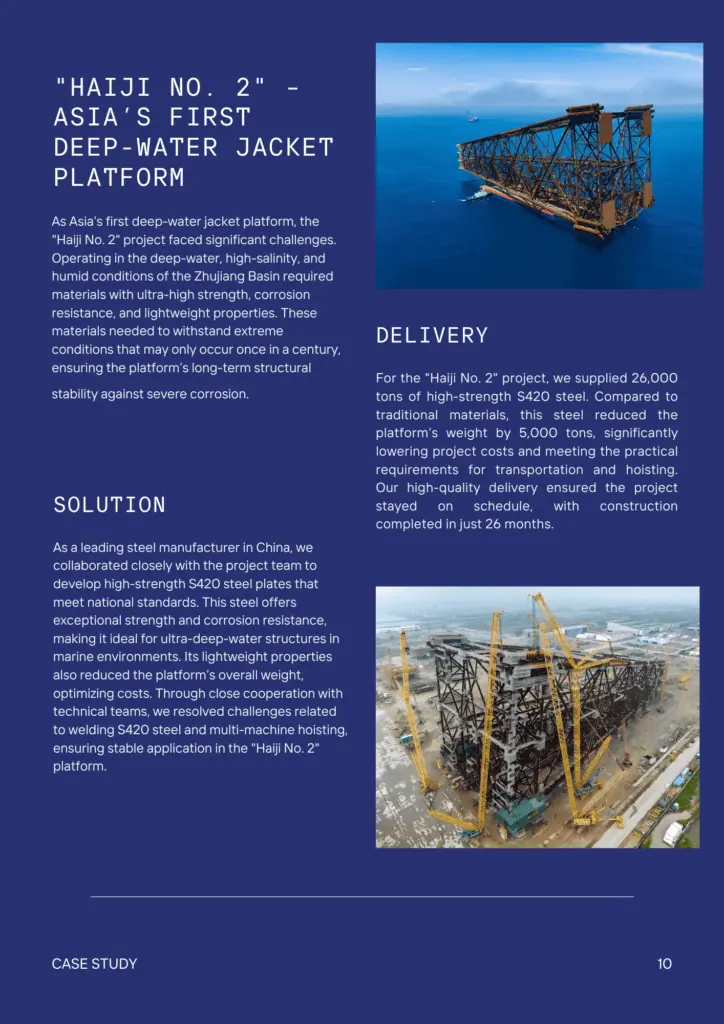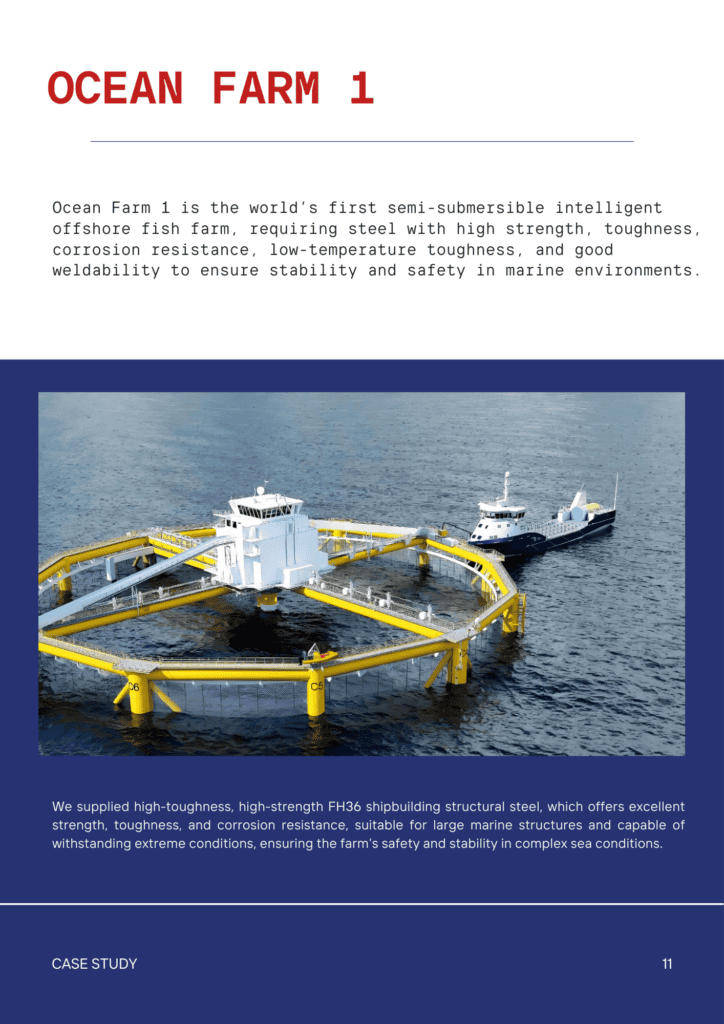Contents
D2 Vs 1095 Tool Steel: Differences Guide
- John

D2 Tool Steel is a high-carbon, high-chromium steel while 1095 Tool Steel is a high-carbon steel with a simpler composition.
D2 Tool Steel boasts a higher carbon and alloy content, which delivers exceptional hardness and wear resistance. It is ideal for cutting tools and dies. In contrast, 1095 Tool Steel provides greater toughness and easier sharpenability due to its lower carbon content. It is perfect for knives and springs.
We recommend selecting the steel based on your specific needs: choose D2 for applications demanding high wear resistance and edge retention, and opt for 1095 when toughness and ease of maintenance are paramount.
D2 And 1095 Tool Steel Different Properties
This table highlights the key differences between D2 and 1095 tool steels, helping you choose the appropriate material based on your specific requirements.
| Feature | D2 Tool Steel | 1095 Tool Steel |
| Hardness | 58-62 HRC | 64-66 HRC |
| Wear Resistance | Superior due to high chromium carbide content | Good, but less than D2 due to a lack of carbide-forming elements |
| Toughness | Moderate toughness, can be brittle if improperly heat-treated | Higher toughness, more forgiving in heat treatment |
| Corrosion Resistance | Good corrosion resistance due to high chromium content | Poor corrosion resistance, requires protective coatings |
| Machinability | Difficult to machine, especially in hardened state | Easier to machine, especially when annealed |
| Heat Treatment | Complex heat treatment, often requires vacuum or controlled atmosphere | Simpler heat treatment, can be done with basic equipment |
| Edge Retention | Excellent edge retention due to carbide structure | Good initial sharpness, but less edge retention than D2 |
| Grindability | Challenging to grind due to carbide content | Easier to grind, takes a keen edge readily |
| Cost | More expensive due to alloying elements and processing | Less expensive, widely available |
| Applications | Industrial cutting tools, dies, gauges, wear parts | Knives, woodworking tools, agricultural implements |
Chemical Composition of D2 Vs 1095 Tool Steel
The fundamental differences between D2 and 1095 tool steels stem from their distinct chemical compositions, as outlined in the following comparison table:
| Element | D2 Composition (%) | 1095 Composition (%) |
| Carbon (C) | 1.4 – 1.6 | 0.90 – 1.03 |
| Chromium (Cr) | 11 – 13 | — |
| Cobalt (Co) | ≤ 1.0 | — |
| Iron (Fe) | 80.8 – 86.9 | 98.38 – 98.8 |
| Manganese (Mn) | ≤ 0.60 | 0.30 – 0.50 |
| Molybdenum (Mo) | 0.70 – 1.2 | — |
| Phosphorus (P) | ≤ 0.030 | ≤ 0.040 |
| Silicon (Si) | ≤ 0.60 | — |
| Sulfur (S) | ≤ 0.030 | ≤ 0.050 |
| Vanadium (V) | ≤ 1.1 | — |
Carbon Content
D2 Tool Steel contains a higher carbon percentage (1.4–1.6%) compared to 1095 Tool Steel (0.90–1.03%).
This elevated carbon level in D2 enhances its hardness and wear resistance, making it ideal for applications requiring superior edge retention, such as cutting tools and dies. Conversely, the lower carbon content in 1095 provides greater toughness and easier sharpening, benefiting knives and springs where flexibility and impact resistance are crucial.
Alloy Composition
D2 steel is significantly alloyed with elements like chromium, molybdenum, cobalt, and vanadium. These alloying elements contribute to D2’s high hardness, exceptional wear resistance, and improved corrosion resistance, allowing it to maintain a sharp edge under abrasive conditions.
1095 steel lacks these alloying elements, resulting in lower hardness and wear resistance. This absence makes 1095 more machinable and weldable but less suitable for high-stress cutting applications.
Other Elements
D2 Tool Steel maintains low levels of manganese, phosphorus, sulfur, and silicon, which enhance strength and minimize brittleness. 1095 Tool Steel controls manganese to balance hardness with toughness and keeps phosphorus and sulfur levels low to improve machinability and reduce brittleness.
These differences make D2 harder and more wear-resistant, while 1095 offers greater ductility and ease of fabrication.
D2 And 1095 Tool Steel Different Applications
Applications of D2 Tool Steel
- Dies for stamping and forging
- Punches and shears
- Industrial metal cutting blades
- Precision rulers and gauges
- Woodworking dies
- Machine liners and bushings
- High-performance industrial knives
Applications of 1095 Tool Steel
- Folding knives
- Fixed-blade hunting knives
- Automotive springs
- Industrial machinery springs
- Axes and hatchets
- Sickle blades
- Hand saws
- Camping tools and machetes
- Fishing hooks
Different Process of D2 Vs 1095 Steel
Forging and Shaping
D2 Tool Steel: Less ductile and harder to forge. Requires higher temperatures and precise control to shape without causing defects.
1095 Tool Steel: More ductile and easier to forge, allowing for greater flexibility in creating complex shapes and fine details.
Heat Treatment
D2 Tool Steel: Requires precise heat treatment with controlled atmospheres to prevent oxidation and maintain carbide structures. This ensures optimal hardness and wear resistance.
1095 Tool Steel: Utilizes a simpler heat treatment process, easily performed with standard equipment. Rapid quenching and tempering achieve the desired hardness and toughness.
Machining and Fabrication
D2 Tool Steel: Difficult to machine because of its high hardness and carbide content. Demands specialized tools like CBN inserts, and diamond-coated drills. It also needs slower cutting speeds to prevent tool wear.
1095 Tool Steel: Easier to machine, especially when annealed. Can be shaped and drilled using standard machining equipment with less effort.
Choose SteelPro Group for Premium D2 and 1095 Tool Steels
At SteelPro Group, we offer a wide selection of high-quality D2 and 1095 tool steels tailored to your exact requirements. Our experts provide customized heat treatment, machining, and sizing to meet your project specifications.
Contact SteelPro Group today for a consultation or to request a quote. Let us help you achieve the highest quality results with our premium D2 and 1095 tool steels.




